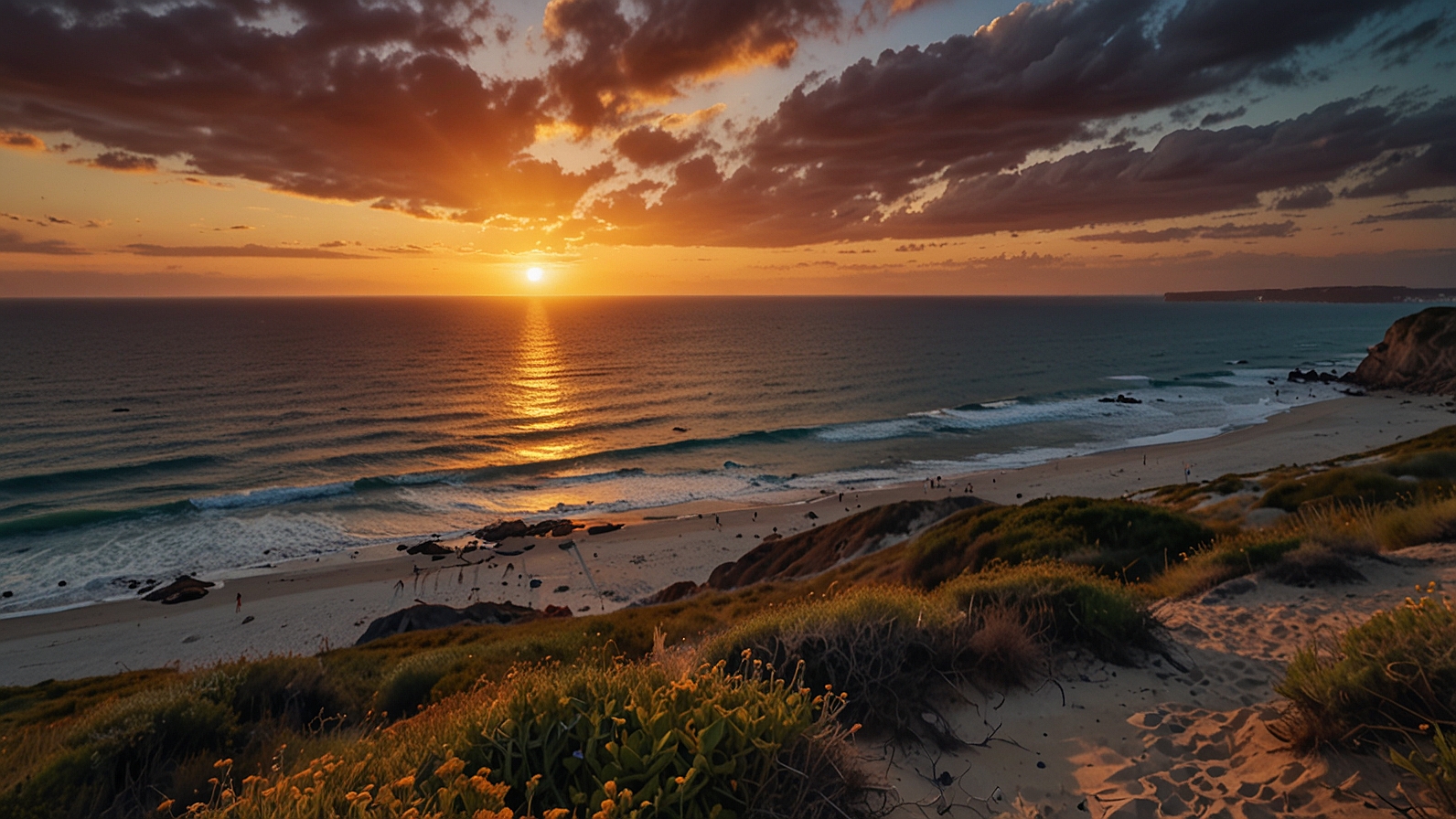There’s something magical about train travel. The rhythmic sound of the wheels on the tracks, the expansive views unfolding outside your window, and the sense of adventure that comes with exploring new places by rail make it an unforgettable experience. Whether winding through majestic mountains, crossing vast deserts, or meandering along coastlines, train journeys offer a unique and immersive way to travel. In this article, we’ll explore some of the world’s most iconic and breathtaking train journeys that promise not only an unforgettable adventure but also a glimpse into the heart of the places they traverse.
1. The Orient Express – Europe
The world-renowned Orient Express has long been associated with luxury, glamour, and romance. Operating for the first time in 1883, this historic train has become a symbol of elite travel. Today, the modern version of the Orient Express takes passengers on a journey through Europe’s most scenic routes, including stops in Paris, Venice, and Istanbul.
One of the most famous routes is from Paris to Venice, a 1,200-mile journey that takes passengers through picturesque landscapes and historic cities. Travelers are treated to opulent cabins, gourmet dining, and a high level of personalized service. The train itself is a work of art, with antique furnishings, elegant lounges, and a timeless atmosphere that transports passengers back in time to the golden age of travel.
2. The Trans-Siberian Railway – Russia
For those seeking an epic adventure, few train journeys rival the grandeur of the Trans-Siberian Railway. Stretching nearly 6,000 miles from Moscow to Vladivostok, this is the longest railway line in the world, crossing eight time zones and offering a fascinating glimpse into Russia’s diverse landscapes and cultures.
The journey can be taken in several ways, with routes including the Trans-Mongolian Railway, which passes through Mongolia and China, and the Trans-Manchurian route, which travels through China to the Russian Far East. Along the way, passengers will experience the vastness of the Siberian wilderness, the beauty of Lake Baikal (the world’s deepest freshwater lake), and the unique traditions of the regions they pass through. With its combination of long-distance travel and immersive cultural experiences, the Trans-Siberian Railway is truly a once-in-a-lifetime adventure.
3. The Glacier Express – Switzerland
For breathtaking alpine vistas, the Glacier Express in Switzerland is second to none. Known as the “world’s slowest express train,” this scenic journey takes passengers on a remarkable 8-hour trip through the Swiss Alps, covering 180 miles and passing over 291 bridges and through 91 tunnels.
Departing from Zermatt, at the base of the Matterhorn, the Glacier Express takes travelers through the Swiss cantons of Valais, Uri, and Graubünden. Highlights of the journey include panoramic views of snow-capped peaks, deep gorges, lush valleys, and idyllic villages. With its modern, glass-domed carriages, passengers can sit back and enjoy the incredible scenery in comfort. The Glacier Express is the perfect way to immerse yourself in Switzerland’s stunning natural beauty.
4. The Rocky Mountaineer – Canada
For a journey through the heart of Canada’s rugged wilderness, the Rocky Mountaineer is a must. This luxury train takes travelers on several routes through the Canadian Rockies, including the famous “First Passage to the West” route between Vancouver and Banff, which offers unforgettable views of pristine lakes, towering mountains, and lush forests.
The Rocky Mountaineer offers a unique experience, with gold-leaf service that includes gourmet meals, exceptional service, and panoramic windows that ensure you won’t miss a single moment of the jaw-dropping scenery. As you pass through the Rockies, you may spot wildlife such as elk, bighorn sheep, and even bears. For those who crave a little adventure with their luxury, this train journey is one of the best ways to experience Canada’s wild beauty.
5. The Maharajas’ Express – India
For those who dream of experiencing India in opulent style, the Maharajas’ Express offers a regal journey through the heart of this vibrant country. Dubbed the “best luxury train in the world,” the Maharajas’ Express takes passengers on a series of itineraries through some of India’s most iconic cities and landscapes, including Delhi, Agra, and Jaipur.
With its lavish interiors, including palatial suites, a fine-dining restaurant, and a well-stocked bar, the Maharajas’ Express offers travelers a taste of the grandeur and elegance of India’s royal heritage. Along the way, passengers can visit some of India’s most famous landmarks, such as the Taj Mahal, while enjoying personalized service and gourmet meals inspired by the country’s rich culinary traditions. It’s an adventure for the senses, one that combines the thrill of exploring India’s cultural wonders with the indulgence of luxury travel.
6. The Blue Train – South Africa
South Africa’s Blue Train is one of the most luxurious ways to experience the beauty and diversity of the country. This iconic train travels between Pretoria and Cape Town, offering a 27-hour journey that includes everything from stunning landscapes to world-class service.
Traveling through the heart of South Africa, passengers will pass through the rugged Karoo desert, lush vineyards, and the breathtaking mountains of the Western Cape. Onboard, guests are treated to gourmet meals, plush suites, and exceptional service, making the Blue Train an unparalleled experience in African luxury travel.
7. The Andean Explorer – Peru
For those seeking adventure in South America, the Andean Explorer in Peru offers an unforgettable journey through the heart of the Andes. This luxury train travels between Cusco and Puno, taking passengers on a 10-hour journey that offers stunning views of the Andean highlands, tranquil lakes, and ancient ruins.
As the train climbs to over 12,000 feet above sea level, passengers will witness breathtaking landscapes, including the awe-inspiring Lake Titicaca, the highest navigable lake in the world. Along the way, travelers can experience the rich cultural heritage of Peru, with stops at traditional villages and archaeological sites, including the Inca ruins of Ollantaytambo.
Conclusion
Train journeys offer a unique and immersive way to travel, allowing passengers to experience some of the world’s most iconic destinations in a way that no other form of transportation can match. From the opulent luxury of the Orient Express to the breathtaking views aboard the Glacier Express, these iconic train journeys take you on unforgettable adventures through some of the most beautiful and remote corners of the world. Whether you’re seeking luxury, adventure, or a deeper connection to the places you visit, these railway adventures are the ultimate way to explore the world at a leisurely pace.














